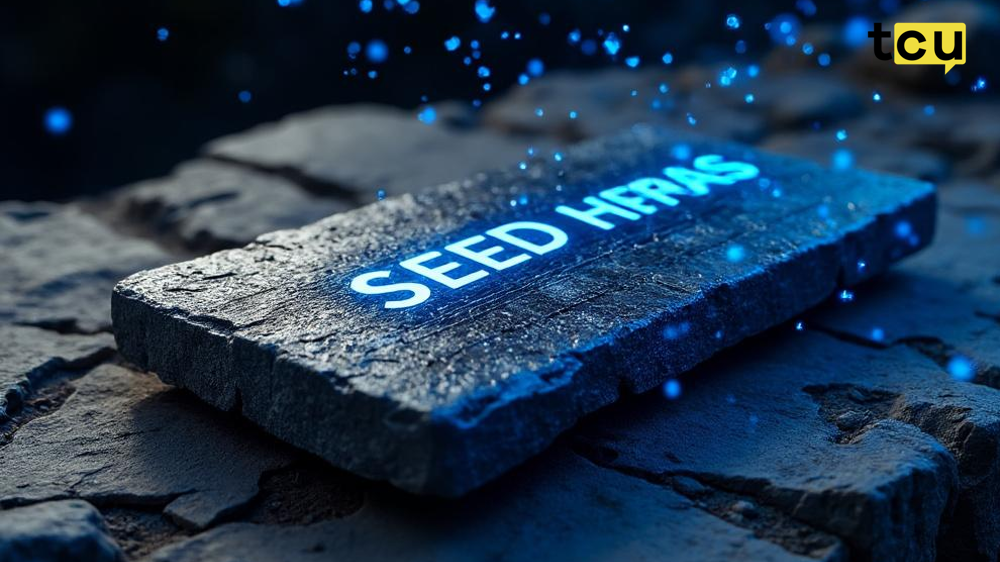The historical disconnect between Satoshi and modern wallet standards
I keep seeing these viral posts pop up on social media claiming that someone could access Satoshi Nakamoto’s Bitcoin fortune with just 24 words. This is one of those persistent myths that seems to resurface every time the price of Bitcoin moves significantly. But the reality is much more complex and, frankly, these claims are based on a fundamental misunderstanding of the technical evolution of Bitcoin.
When Satoshi was actively mining Bitcoin between 2009 and 2010, the technology was completely different from what we have today. The BIP39 standard that introduced mnemonic seed phrases wasn’t even proposed until September 2013, years after Satoshi’s last known public activity in December 2010. This timing mismatch alone should make people question these viral claims.
How Satoshi Wallets Actually Work
Alex Thorn from Galaxy Digital and Sani from Timechain Index tried to set the record straight. According to their analysis, Satoshi’s estimated 1.1 million bitcoins are spread across approximately 22,471 different addresses, each with its own private key. This isn’t a single wallet that could be unlocked with a single seed phrase: it’s thousands of individual key pairs.
The first Bitcoin software Satoshi used generated raw private keys, 256-bit numbers stored directly in wallet files. There were no mnemonic phrases, no hierarchical deterministic wallets, none of the user-friendly features we take for granted today. To access these funds, you would need the private keys themselves, not a derived wordlist.
The Mathematical Reality of Bitcoin Security
Even if we ignore the historical context, the security of bitcoin’s cryptographic underpinnings makes these claims ridiculous. A 256-bit private key has approximately 1.1579 x 10^77 possible combinations. To put this into perspective, this number is greater than the estimated number of atoms in the observable universe.
Current global computing power would require an average of 1.8 x 10^48 years to decrypt a single private key by brute force. This is so far beyond the age of the universe that it’s essentially impossible. The scare tactics used in these viral posts ignore the mathematical certainty that keeps bitcoin safe in the first place.
Why these myths persist
What interests me is how these myths continue to gain traction despite being easily debunked. The viral post that Thorn responded to received over 1,200 likes, while her correction received only 389. Sani’s detailed explanation received even less engagement, with around 77 likes. This shows how sensational claims often outweigh factual corrections on social media platforms.
Blockchain analytics platforms like Arkham Intelligence track these addresses publicly, and they have never shown any movement since 2010. The transparency of Bitcoin’s blockchain means we would know immediately if anyone accessed these funds. Yet the messages continue, often presented as “scary facts” designed to engage rather than educate.
Perhaps the persistence of these myths speaks to broader gaps in cryptocurrency education. Simplified stories spread quickly, while technical details that provide context are lost. It’s easier to imagine a simple 24-word phrase that unlocks billions than it is to understand the complex cryptographic principles that actually secure the network.
I think what we are seeing is a classic case of anachronistic application of modern technology to historical contexts. People familiar with current wallet standards assume that they have always existed, when in reality Bitcoin’s beginnings were much more primitive from a user experience perspective. Security was still there – it was just different.
![]()




